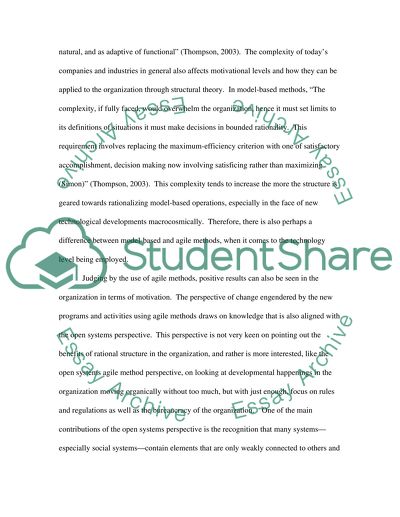Cite this document
(Model-Based Systems Design Essay Example | Topics and Well Written Essays - 1500 words, n.d.)
Model-Based Systems Design Essay Example | Topics and Well Written Essays - 1500 words. https://studentshare.org/performing-arts/1574856-agile-methods-vs-model-based-systems-design
Model-Based Systems Design Essay Example | Topics and Well Written Essays - 1500 words. https://studentshare.org/performing-arts/1574856-agile-methods-vs-model-based-systems-design
(Model-Based Systems Design Essay Example | Topics and Well Written Essays - 1500 Words)
Model-Based Systems Design Essay Example | Topics and Well Written Essays - 1500 Words. https://studentshare.org/performing-arts/1574856-agile-methods-vs-model-based-systems-design.
Model-Based Systems Design Essay Example | Topics and Well Written Essays - 1500 Words. https://studentshare.org/performing-arts/1574856-agile-methods-vs-model-based-systems-design.
“Model-Based Systems Design Essay Example | Topics and Well Written Essays - 1500 Words”. https://studentshare.org/performing-arts/1574856-agile-methods-vs-model-based-systems-design.


